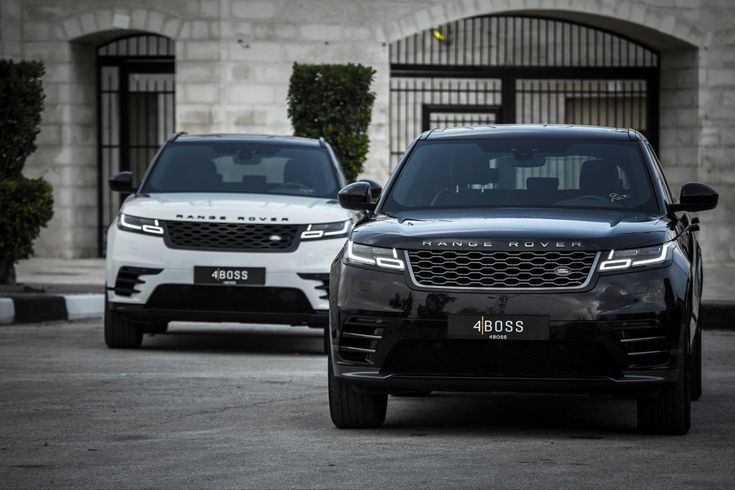The automotive world thrives on perception, but perception doesn’t always align with reality. Sometimes, a car is slapped with an “unsafe” label based on rumors, early crash reports, or questionable testing results.
These vehicles often face scrutiny from consumers and critics alike, and they gain an undeserved reputation for being ticking time bombs. But in reality, a few of these so-called “death traps” actually prove their worth over time, with strong long-term crash test results, reliability, and real-world performance that earns back public trust.
On the flip side, there are cars that enter the market with a bang, boasting impressive safety ratings, innovative tech, and glowing media reviews.
But beneath the surface, some of these models are plagued with design flaws, manufacturing oversights, or software issues that later lead to mass recalls, sometimes affecting millions of units globally.
For the unsuspecting buyer, this reversal can feel like betrayal, especially when a car hailed as safe becomes the subject of a federal investigation or multiple safety campaigns.
In this blog, we explore both ends of the spectrum. We’ll look at five cars that were feared unsafe but ultimately proved the critics wrong, winning back consumer confidence and standing tall against their early backlash.
Then, we’ll examine five vehicles that entered the market with high hopes but faced serious recalls that revealed dangerous issues, from faulty airbags to failing brakes.
This list isn’t just about exposing flaws or redeeming the underdogs; it’s about understanding how safety is more than just a rating at launch. It’s about how a car performs across years of driving, how automakers respond to problems, and how public trust is earned or lost over time.
Let’s break down these two categories and look at what really happened when the rubber met the road.
5 Cars Feared Unsafe That Turned Out Fine
Sometimes a car earns an unfair reputation early on, maybe due to a poor crash test, an exaggerated media report, or a misunderstood design quirk. But time is the real judge. These five cars defied the odds and changed their narratives.
They might’ve been mocked, doubted, or avoided in their early days, but today, they’ve proven to be safe, reliable choices. From structural reinforcements to revised safety systems, they evolved, either through mid-cycle updates or long-term performance data. These aren’t flukes, they’re redemption stories that remind us not to judge a car by its debut headlines.
ALSO READ: 5 Affordable Sports Cars That Are Reliable vs 5 That Are Maintenance Nightmares
1. Chevrolet Cobalt
At launch, the Chevrolet Cobalt was plagued by harsh criticism regarding its safety. Early crash tests showed troubling results, and its compact build made it seem vulnerable compared to competitors.
Consumer confidence plummeted, especially after early models fared poorly in side-impact evaluations. Critics labeled it an unsafe economy car, a risky buy for families or first-time drivers.
However, Chevrolet took the feedback seriously. By the 2008 model year, significant safety upgrades were introduced.
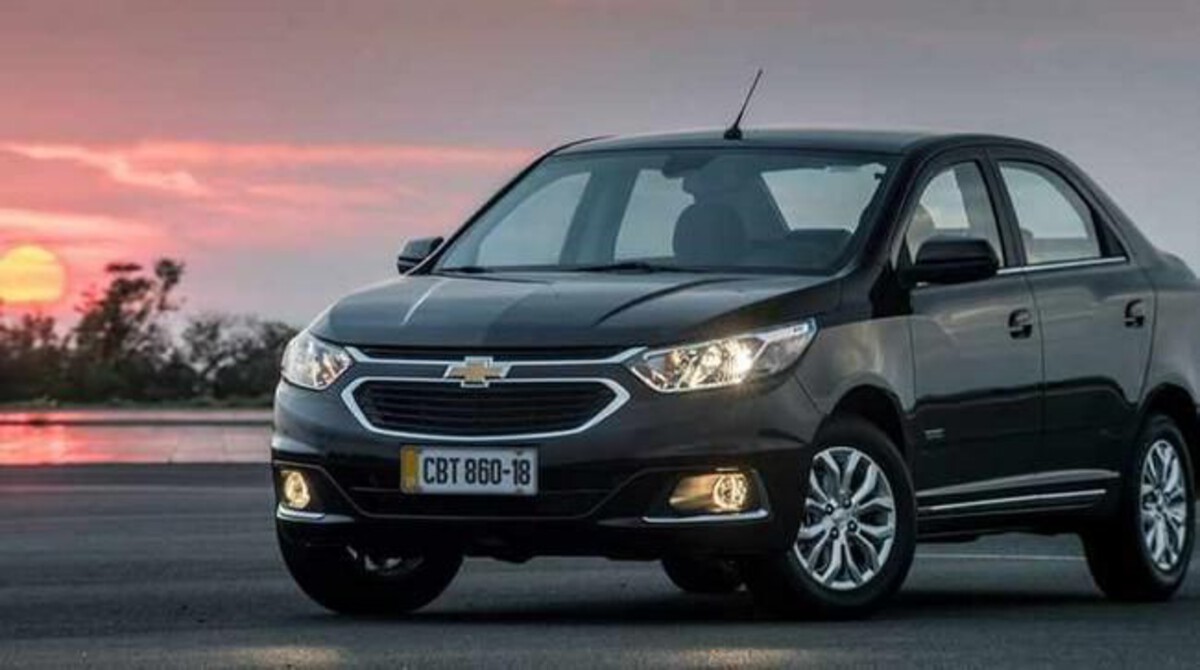
Side curtain airbags became standard, and structural changes were made to improve occupant protection. The Cobalt earned improved crash test scores, particularly from the IIHS. Despite the early bad press, the later models gained a reputation for being dependable commuter cars with better-than-expected crashworthiness.
Interestingly, many long-term Cobalt owners praised the vehicle’s stability, especially in poor weather conditions. Real-world accident data didn’t support the fear it initially sparked. Insurance records and safety reports eventually told a different story, one of a car that matured quietly and safely over its production life.
While it’ll never shake off the controversy entirely, especially due to GM’s ignition switch scandal that primarily affected early models, the Cobalt ultimately proved to be much safer than initially feared. Its later versions stood as an example of how manufacturers can learn from missteps and improve a car’s reputation through engineering and accountability.
2. Fiat 500
When the Fiat 500 made its return to the U.S. market in 2011, many were excited by its retro styling, but others were immediately concerned about its small size.
In an era where bigger vehicles were often equated with safety, the Fiat 500 looked like a toy on American roads filled with trucks and SUVs. Critics feared it would crumple like a tin can in a collision, especially given its European roots and microcar dimensions.
Initially, crash test scores were mixed. The IIHS gave it “Marginal” ratings in some small overlap tests, which fueled concerns.
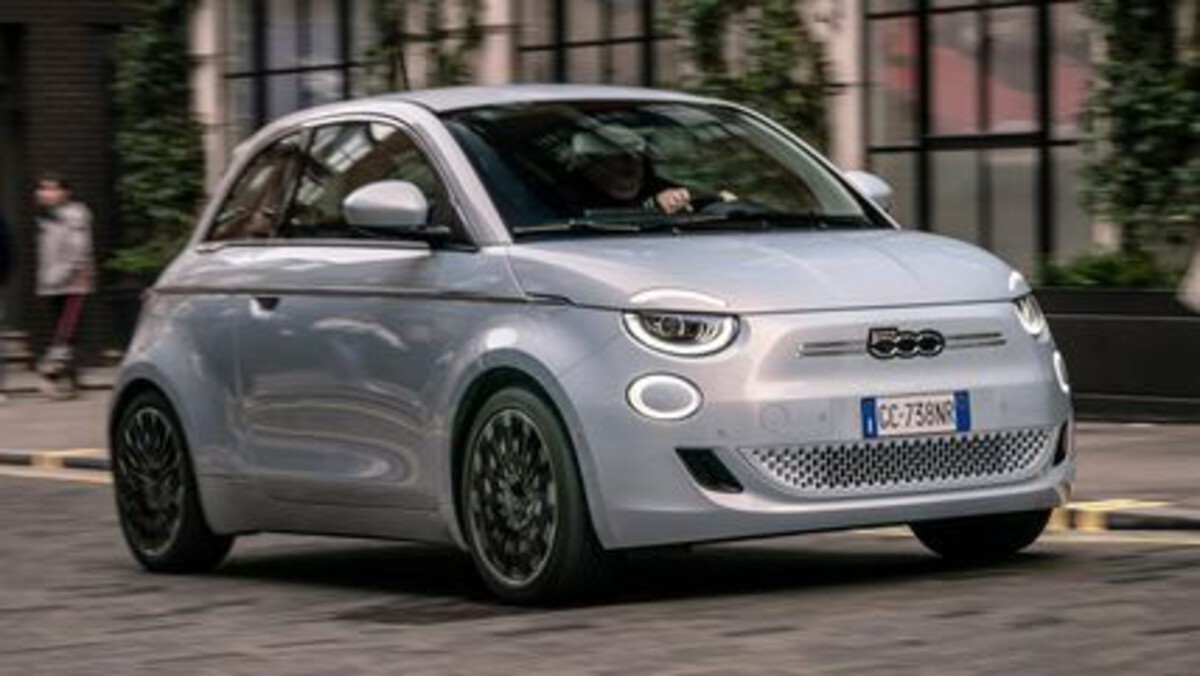
But Fiat addressed these issues with structural reinforcements and airbag system improvements in later models. By 2013, newer 500s scored significantly better in crash tests. Notably, Euro NCAP had already rated the car well in Europe, and as more real-world data poured in, the 500’s safety image began to shift.
In actual crashes, the Fiat 500 performed far better than expected. Anecdotal reports and insurance data revealed that injuries in low-to-moderate collisions were rare, and the car’s compact structure absorbed impacts surprisingly well. The perception of danger was gradually replaced by a sense of quirky resilience.
While not a perfect safety story, the Fiat 500’s turnaround demonstrates how fear based on appearance or early results doesn’t always hold up. It wasn’t the deathtrap people imagined; instead, it became a plucky little car that earned its place among safe subcompacts.
3. Ford Pinto
No car is more infamous in automotive safety lore than the Ford Pinto. Its name alone conjures images of fiery crashes and catastrophic rear-end collisions.
During the 1970s, the Pinto became a media scapegoat after reports of fuel tank explosions circulated, fueled by damning headlines and public outrage. Many believed it to be one of the most dangerous cars ever made.
However, decades later, a more nuanced picture emerged. Investigations revealed that the Pinto’s explosion risk, while real, was sensationalized.
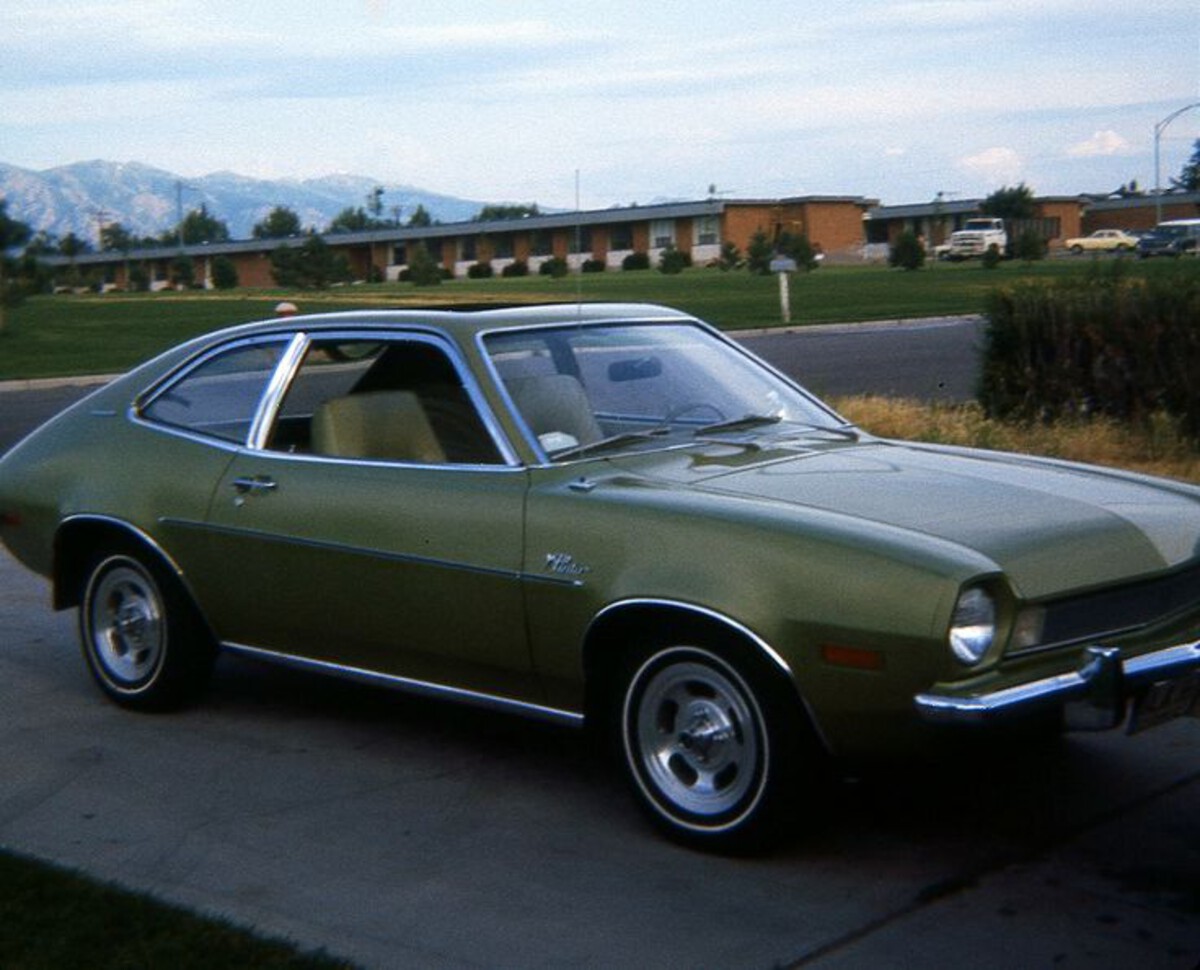
Its fuel tank placement wasn’t unique, and similar compact cars of the era had comparable safety issues. Independent safety researchers and engineers eventually found that, statistically, the Pinto wasn’t significantly more dangerous than its rivals.
In fact, the National Highway Traffic Safety Administration (NHTSA) later concluded that the Pinto didn’t have an unusually high fire risk. The car underwent recalls and improvements, including shield enhancements and better tank designs, which reduced fire-related accidents.
Moreover, owners who drove the Pinto for years often defended it, stating it was reliable, economical, and not the fiery hazard it was made out to be. The myth of the Pinto’s explosiveness lives on more in cultural memory than reality.
While it will forever be a case study in corporate ethics and risk management, the Ford Pinto’s actual safety record over time wasn’t as catastrophic as feared. In hindsight, it was a flawed car, but not the death sentence it was portrayed to be.
4. Toyota Yaris
When the Toyota Yaris first launched, it was criticized for being too lightweight and minimalistic. Many reviewers were skeptical of its safety, especially when compared to Toyota’s more substantial offerings like the Corolla or Camry. Without many advanced driver aids or robust crash structures in the early models, it seemed like an entry-level gamble.
However, real-world reliability and safety outcomes proved otherwise.

Despite its size and affordability, the Yaris consistently received high reliability ratings from Consumer Reports and good crash scores from IIHS, especially in later models. Toyota refined its design over the years, adding standard stability control, side airbags, and structural enhancements that helped it meet and exceed global crash safety standards.
More importantly, the Yaris gained a reputation for nimble handling and solid braking, key factors in accident avoidance. Owners often noted how well it maneuvered in emergency situations, a trait often overlooked in safety reviews.
In crash databases and insurance injury claims, the Yaris often outperformed larger vehicles in its class. This real-world evidence contradicted the early skepticism. What was once seen as a bare-bones commuter car turned into a surprising safety performer.
The Yaris’s story proves that safety doesn’t always come in a big, heavy package. With smart engineering, even a compact economy car can offer strong protection and peace of mind. It’s a great reminder that sometimes, the simplest solutions are the safest.
5. Smart Fortwo
Tiny, quirky, and unmistakably European, the Smart Fortwo caused a stir when it arrived on American shores. Critics and consumers alike questioned how a vehicle this small could possibly protect its occupants in a crash.
Its short wheelbase and ultra-compact footprint seemed like a recipe for disaster, especially on highways dominated by full-size trucks and SUVs.
Surprisingly, though, the Smart Fortwo defied expectations.
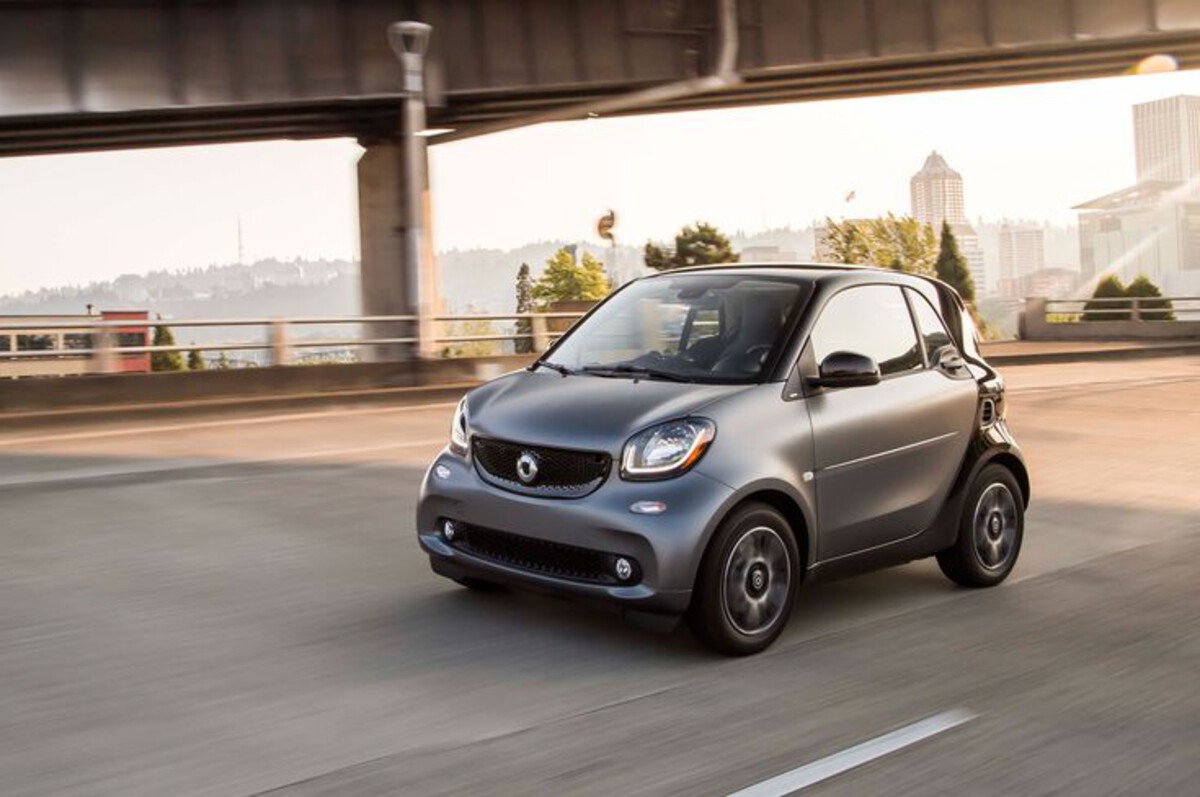
Thanks to its Tridion safety cell, a reinforced steel frame designed to distribute crash energy, and Mercedes-Benz engineering, the Fortwo earned respectable crash scores from the IIHS and NHTSA. It also came standard with advanced safety features for its class, including electronic stability control and multiple airbags.
While it certainly wasn’t ideal for high-speed collisions, it fared well in urban environments where most accidents are lower speed. The Fortwo’s design allowed it to absorb impacts effectively and protect passengers in frontal and side collisions. Moreover, its short braking distance and tight handling contributed to accident avoidance.
Over time, the Fortwo earned a niche reputation as a safe city car. It wasn’t designed to win crash comparisons with large SUVs, but within its segment, it stood tall. Its safety story is one of engineering innovation overcoming size-based assumptions.
The Smart Fortwo is proof that a vehicle’s appearance doesn’t always reflect its performance. While many feared for its safety, it turned out to be a surprisingly secure option for the urban commuter.
5 Cars That Ended Up with Big Recalls
Some cars roll off the assembly line to fanfare, loaded with tech and glowing reviews, only to later become cautionary tales. These vehicles were initially trusted, praised, and widely sold. But behind the curtain, critical flaws were either missed or ignored, leading to massive recalls that affected millions of drivers.
From software bugs and faulty airbags to compromised brakes and powertrain failures, these cars show how even giants can stumble. The following five models all suffered from major recall issues that weren’t just inconvenient; they were dangerous. Here’s a closer look at vehicles that seemed safe but failed their biggest test: reality.
ASLO READ: 5 Reliable Used Cars Under $10,000 vs 5 Used Models to Avoid
6. 2010 Toyota Corolla
When it launched, the 2010 Toyota Corolla was seen as a safe bet, reliable, efficient, and well-rated in crash tests. It was Toyota’s global bestseller, and for good reason.
But just months into ownership, a terrifying issue emerged: unintended acceleration. Several high-profile accidents occurred where Corollas allegedly surged forward without driver input, some resulting in fatalities.
The controversy exploded into public view, leading to one of the largest recalls in automotive history.
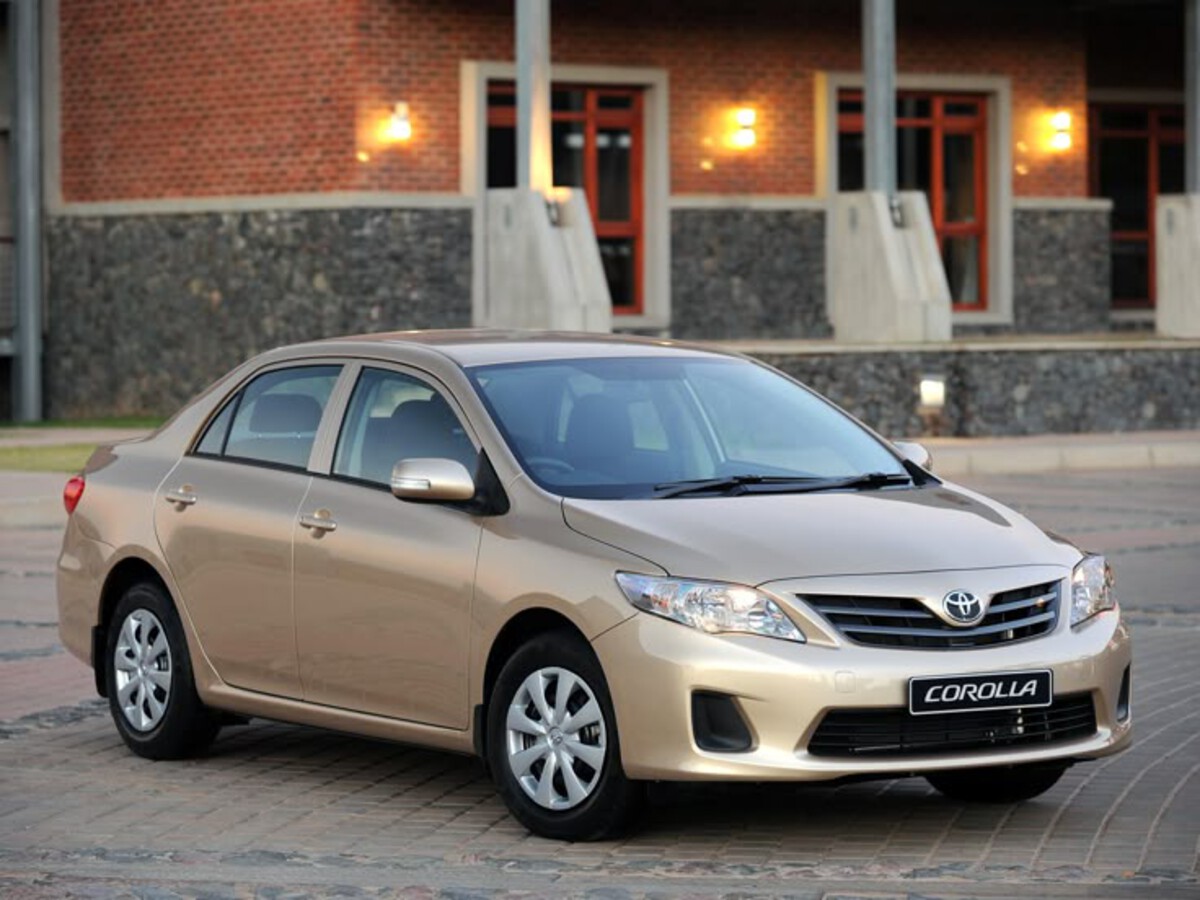
Toyota eventually recalled over 9 million vehicles globally, many of them Corollas, to address issues with floor mats, accelerator pedals, and even the software controlling throttle systems.
While Toyota maintained that driver error played a role in some cases, internal investigations and government pressure forced a massive response. The automaker paid over $1.2 billion in fines and settlements, and the Corolla’s reputation took a serious hit despite its previous image as a rock-solid compact car.
The fallout led to widespread reforms in Toyota’s quality control, including the creation of new safety oversight positions and engineering reviews. Though many Corollas on the road were eventually fixed, the damage was done.
What makes the 2010 Corolla especially tragic is that it wasn’t just a bad car, it was a good one with a dangerous flaw. That flaw overshadowed everything else, and it became a turning point in how the world viewed vehicle electronics, manufacturer responsibility, and the consequences of delayed accountability.
7. 2015 Jeep Cherokee
The 2015 Jeep Cherokee launched with bold styling, high-tech features, and the promise of off-road ruggedness paired with everyday comfort. But within months, reports surfaced of terrifying rollaway incidents caused by its unconventional electronic gear shifter. Drivers believed they had shifted into park, only to have the vehicle roll away once they exited.
This wasn’t just a rare glitch, it became a high-profile defect. Fiat Chrysler eventually recalled over 1.1 million vehicles, including the Cherokee, Dodge Charger, and Chrysler 300, all equipped with the same confusing shifter design.
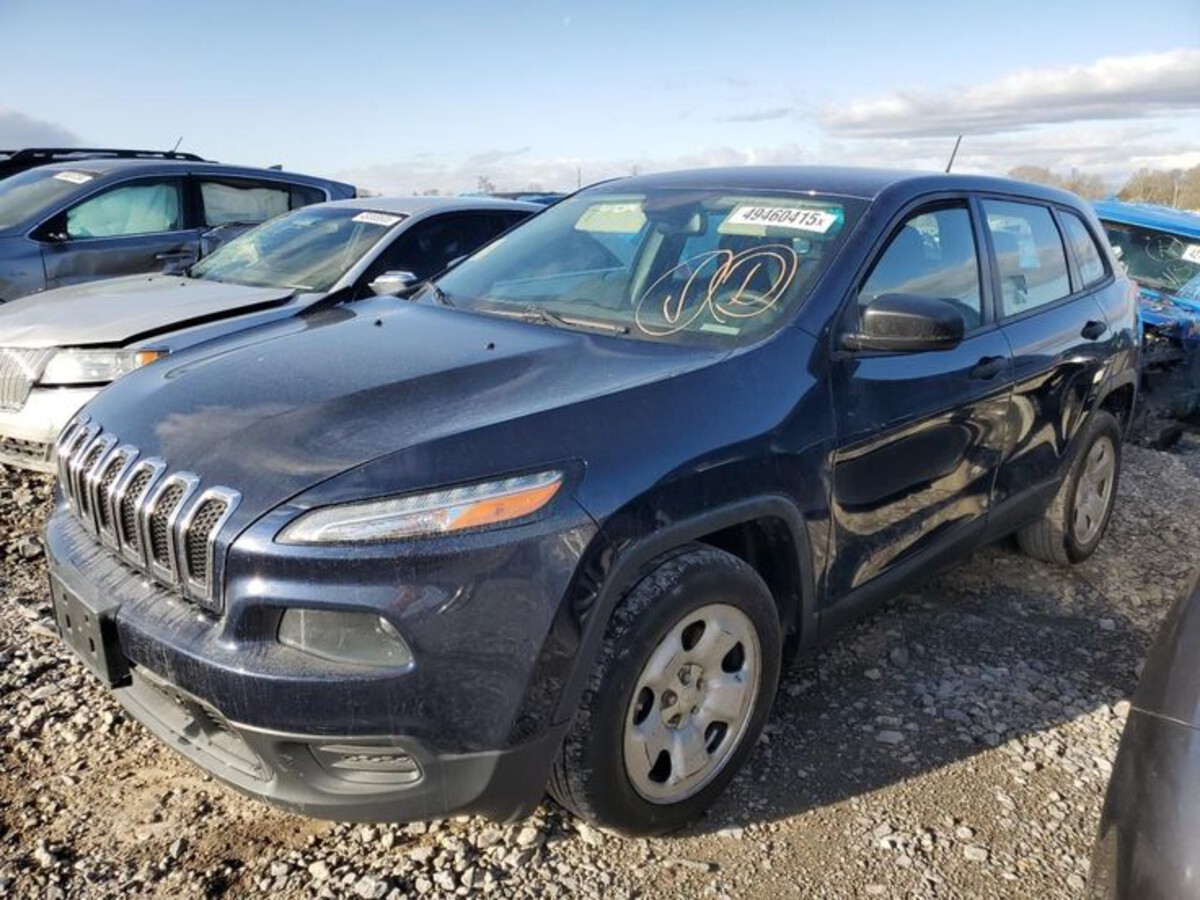
Tragically, the issue gained national attention when actor Anton Yelchin was killed by his Jeep Grand Cherokee, which rolled down his driveway and pinned him against a fence.
The recall involved software updates to add warning chimes and alerts when the vehicle wasn’t properly in park, along with public awareness campaigns. But the damage to Jeep’s credibility was severe. Despite the fix, many owners felt uneasy about relying on a system that lacked mechanical feedback.
The Cherokee’s case underscored the dangers of prioritizing modern aesthetics over intuitive design. What seemed like a futuristic feature became a safety hazard. While the vehicle had scored reasonably well in crash tests, the real threat wasn’t an impact, it was what happened before the driver even left the seat.
The Cherokee’s shifter issue is a reminder that innovation without clarity can have deadly consequences, especially when it comes to core driving functions.
8. 2011 Ford Fiesta
Ford’s 2011 Fiesta was hailed as a major step forward in compact car design. It was stylish, affordable, and packed with European flair. Buyers were thrilled with its fuel economy and modern features. But beneath the excitement lurked a serious issue with its PowerShift dual-clutch transmission.
Soon after launch, owners began reporting jerky shifting, stalling, hesitation from a stop, and premature clutch wear. In some cases, the transmission would fail completely, leaving drivers stranded.
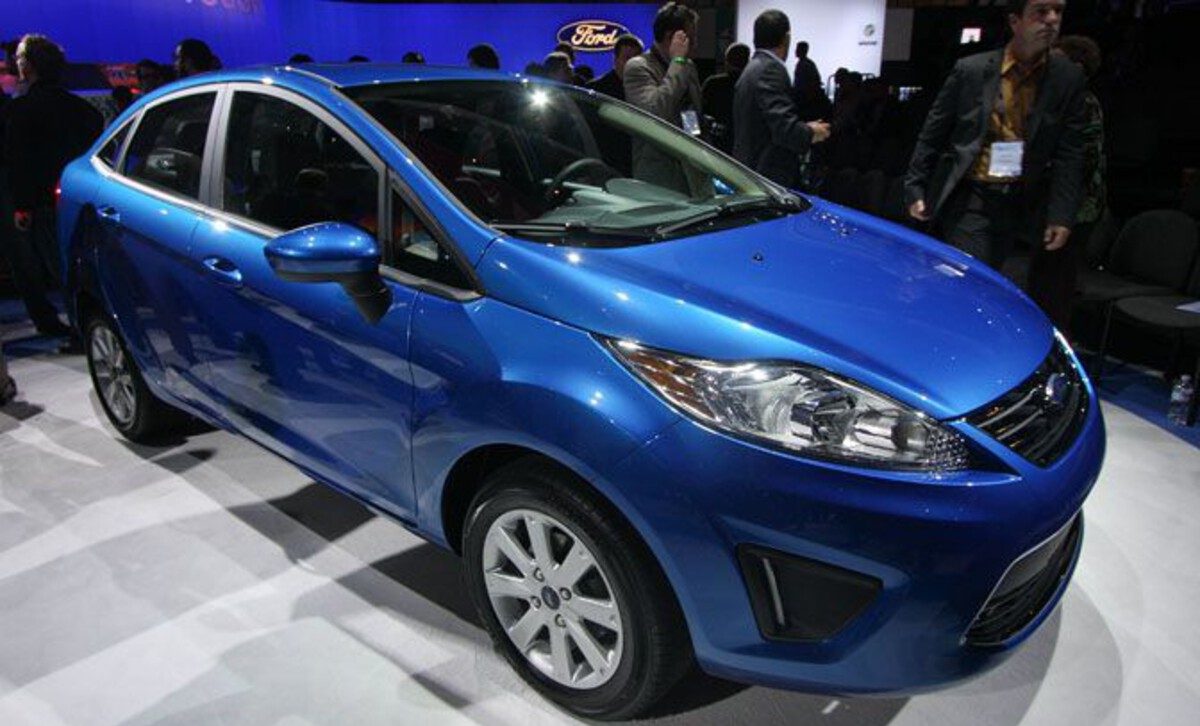
Complaints flooded the NHTSA and online forums. What started as isolated incidents quickly ballooned into a nationwide controversy.
Ford initially downplayed the problem, issuing service bulletins and software updates. But the issues persisted. Over the next few years, the company was forced to extend warranties, offer buybacks, and settle lawsuits. Eventually, Ford recalled hundreds of thousands of Fiestas and Focuses with the faulty transmission.
The backlash was severe, not just because of the defect, but because of how long Ford took to address it properly. Many owners felt ignored, stuck with unreliable cars and mounting repair bills. The issue impacted resale values and tarnished the reputation of what was supposed to be Ford’s global small-car savior.
The Fiesta’s transmission problems show how even well-received cars can hide deep engineering flaws. In this case, a poorly executed innovation turned a promising product into a cautionary tale.
Safety isn’t just about surviving a crash, it’s also about having control when you need it. And for thousands of Fiesta owners, that control was sorely lacking.
9. 2014 Chevrolet Silverado
The 2014 Chevrolet Silverado marked a major redesign, bringing fresh styling, improved engines, and a focus on refinement. Chevrolet touted it as stronger, safer, and more reliable than ever.
Buyers were eager, and initial reviews praised its quiet ride and robust towing capacity. But as the months rolled on, troubling reports surfaced, specifically regarding power steering failure.
Drivers reported that the steering would suddenly cut out during low-speed maneuvers, like parking or turning at intersections. In a few instances, this caused accidents. GM investigated and found that faulty electrical connectors in the power steering module could cause the system to shut down intermittently.
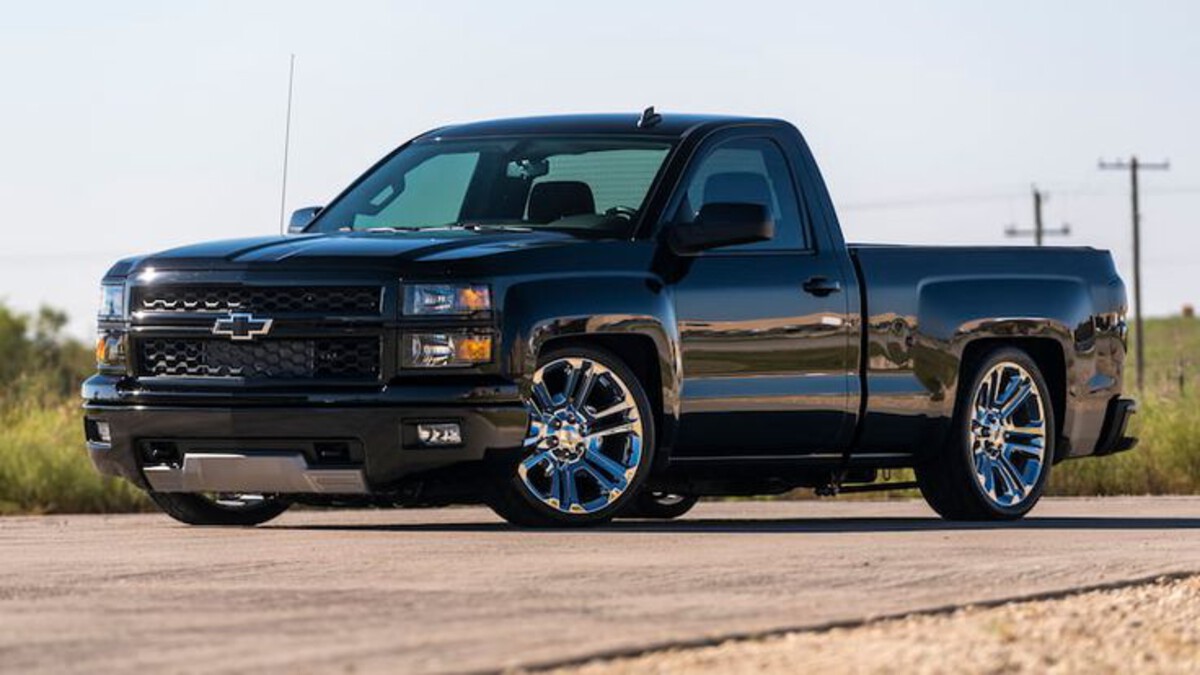
In response, Chevrolet issued a recall affecting over 690,000 Silverado and GMC Sierra trucks. The recall included software updates and, in some cases, hardware replacements. But the defect’s unpredictability and the delay in issuing a recall damaged consumer confidence. Trucks are often used in heavy-duty environments where steering failure can be catastrophic, and owners weren’t happy.
The Silverado case highlights the growing challenge of electronic complexity in modern vehicles. A truck once valued for mechanical dependability now depended on software and sensors that, if faulty, compromised basic safety.
Despite the recall, the Silverado retained solid crash test ratings and remains popular. Still, for many 2014 owners, the surprise steering loss was more than just a glitch; it was a betrayal of the trust drivers place in their trucks. In a vehicle built for control and power, losing steering, even briefly, is simply unacceptable.
10. 2016 Honda Civic
When the 2016 Honda Civic arrived, it was praised for its bold redesign, turbocharged engine, and impressive tech features. Critics called it the best Civic in years, and it won multiple Car of the Year awards. But that enthusiasm was short-lived, as a series of recalls quickly followed, raising concerns about build quality and safety.
Among the most alarming issues were faulty electronic parking brakes that could fail to engage after the car was turned off.
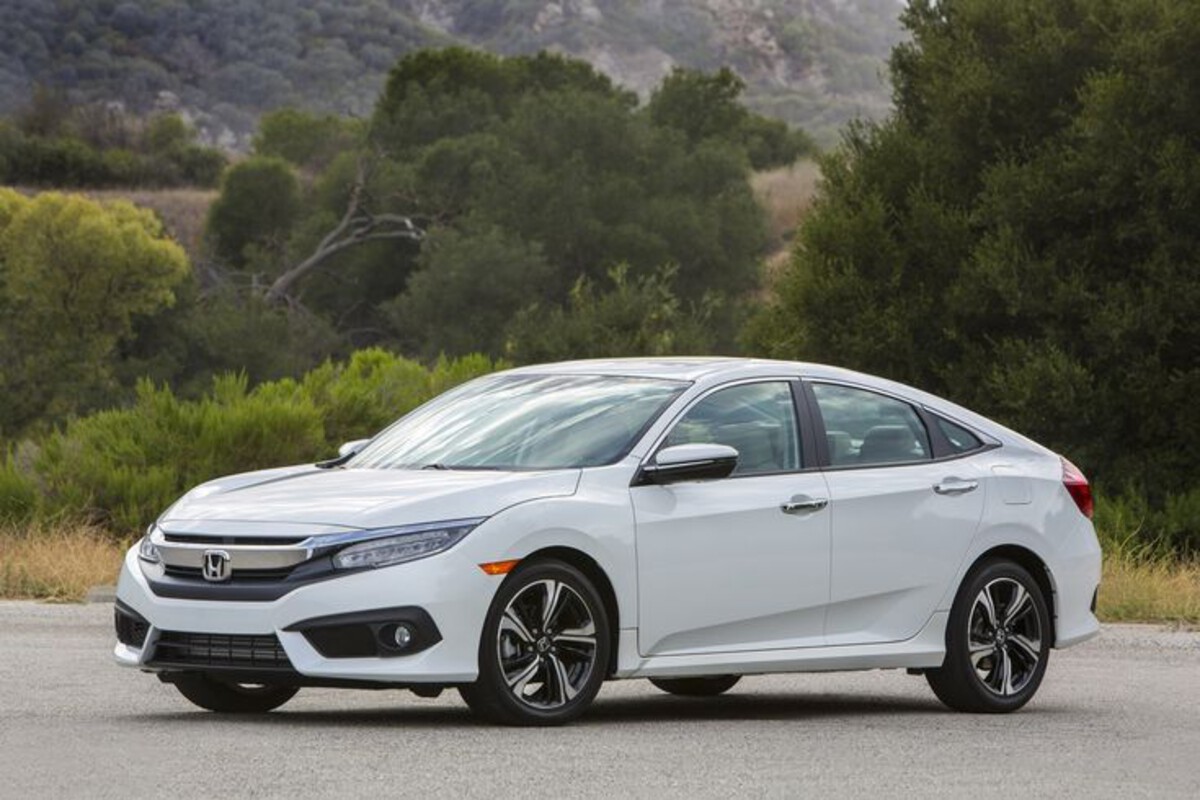
This led to rollaway risks, especially on inclines. Honda issued a recall for over 350,000 units to update the brake software and reduce the risk.
Additionally, some 2016 Civics suffered from engine problems, such as oil dilution and premature wear. Turbocharged models were particularly prone to these issues, which weren’t just inconvenient—they could lead to long-term reliability concerns and potential stalling. More recalls were issued for fuel pump and electrical system defects, adding to the car’s growing list of problems.
While Honda responded quickly and made necessary fixes, the Civic’s glowing reputation took a hit. Buyers expected bulletproof reliability and ended up facing multiple dealership visits. For a car so heavily marketed as dependable, these issues felt especially disappointing.
The 2016 Civic remains a popular used car, but its recall history is a reminder that even the most hyped models can fall short. Safety and reliability aren’t about first impressions, they’re about long-term performance, and in this case, Honda stumbled when expectations were sky high.
These ten cars tell a compelling story about how perception and reality don’t always align in the automotive world. Vehicles like the Fiat 500, Toyota Yaris, and even the infamous Ford Pinto show us that a rocky start doesn’t always mean long-term danger.
With improvements in design, real-world performance, and data-based reviews, these vehicles reclaimed their reputations and proved that initial fears were sometimes overblown.
On the other hand, vehicles like the 2010 Toyota Corolla and 2015 Jeep Cherokee started off as golden children, only to be revealed later as safety risks due to overlooked flaws or questionable design decisions.
Never rely solely on launch hype, crash test ratings, or brand reputation. A car’s true safety emerges over time through recalls, owner reports, and on-road performance.
The automotive industry is always evolving. Technology, safety standards, and customer expectations grow more complex each year. But one thing remains constant: accountability matters. Manufacturers who respond quickly and transparently can recover. Those who delay or deflect lose consumer trust, and sometimes lives are lost in the process.
For consumers, staying informed is the best defense. Read recall notices, study owner forums, and take real-world performance into account. Don’t dismiss a car based on early reputation, but also don’t be fooled by a polished exterior or slick marketing.
Ultimately, safety isn’t static. It’s a moving target shaped by engineering, ethics, and evidence. And as these ten cars demonstrate, the road to trust can either be paved with redemption or riddled with regret.

